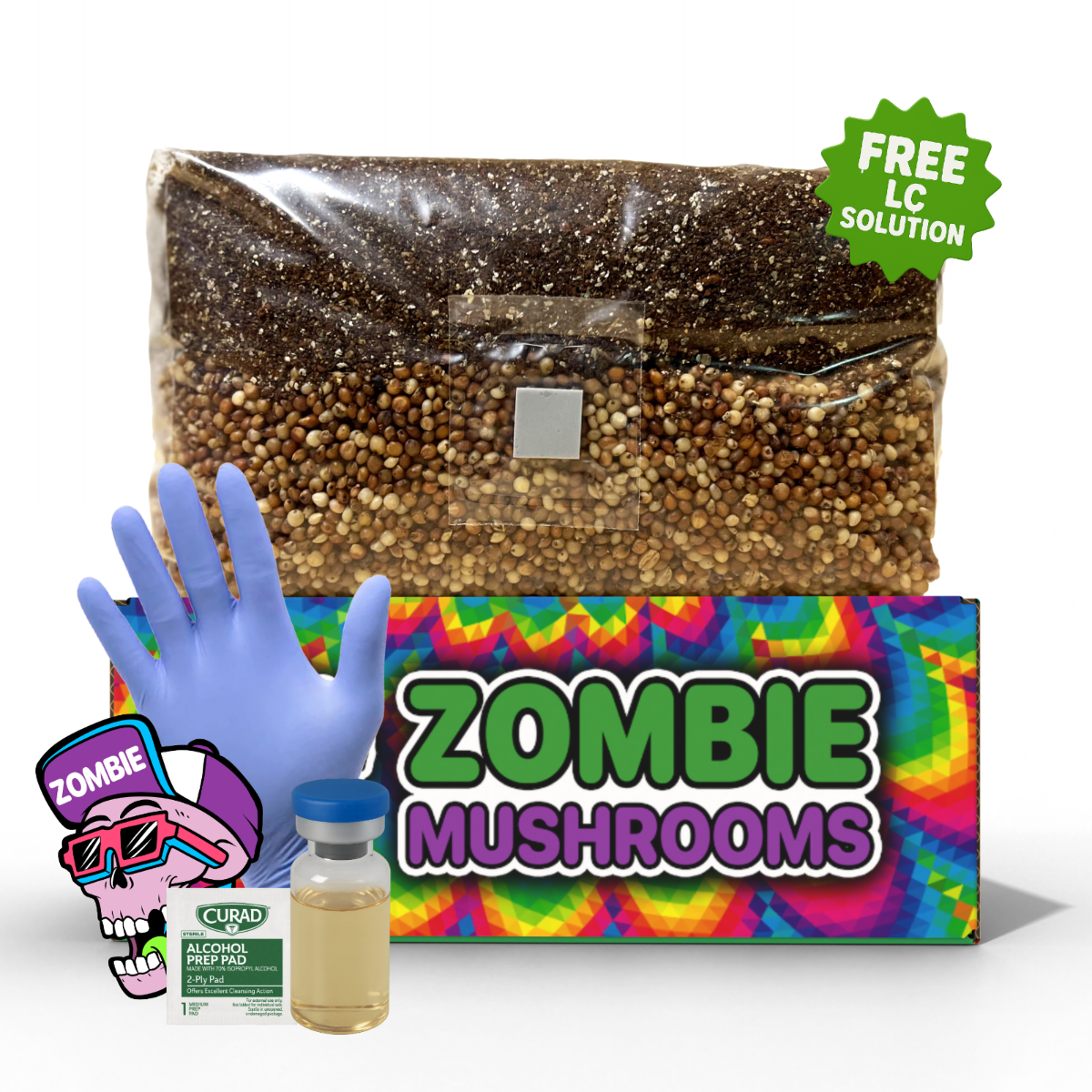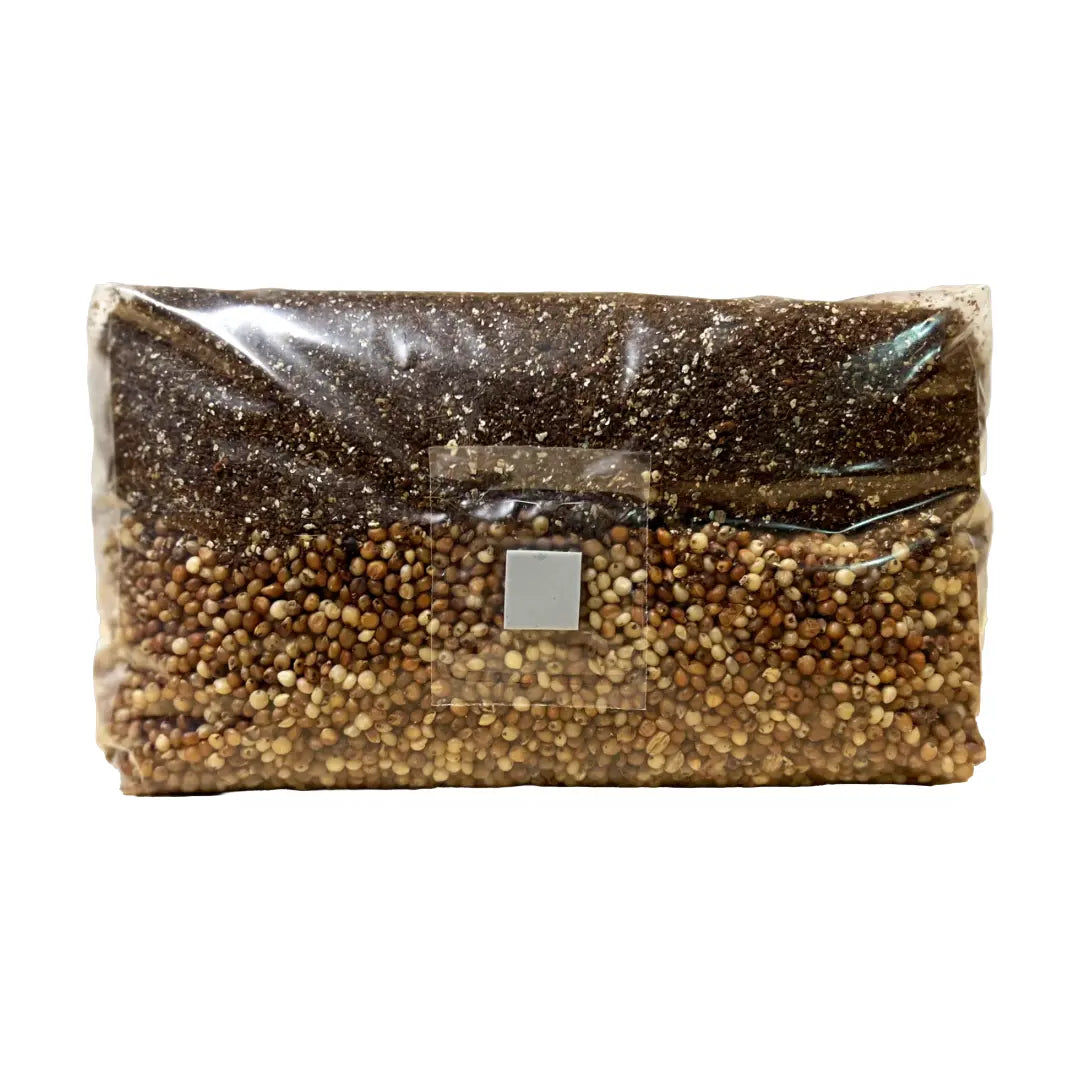- Apomorphine in Blue Lotus interacts with dopamine receptors, potentially enhancing mood and relaxation.
- Nuciferine, another key compound, has been compared to antipsychotic medications for its sedative properties.
- While Blue Lotus is widely used for lucid dreaming, no clinical evidence confirms its effectiveness.
- Possible side effects include dizziness, nausea, and increased heart rate, particularly at high doses.
- Tea, smoking, and tinctures are the most common forms of consumption, each with distinct effects.
Blue Lotus Flower: Does It Really Induce Lucid Dreams?
The Blue Lotus Flower (Nymphaea caerulea) has fascinated herbalists, spiritual seekers, and lucid dreamers for centuries. Once revered in ancient Egypt for its psychoactive and medicinal properties, this water lily is believed to promote relaxation, enhance mood, and potentially induce lucid dreaming. But does modern science support these claims? In this article, we’ll explore the history, active compounds, benefits, and potential risks of Blue Lotus, including its alleged role in dream enhancement. For those interested in exploring mushrooms within this wider field of natural remedies, a mushroom monotub kit offers an easy way to begin cultivation at home.

What is Blue Lotus Flower?
Despite its name, the Blue Lotus Flower is technically not a lotus but a water lily. Native to parts of Africa and Asia, this striking plant thrives in slow-moving water sources like lakes and ponds.
Ancient Use and Cultural Significance
The Blue Lotus was highly valued by ancient civilizations, especially the Egyptians, who often depicted it in their artwork and religious texts. The flower was associated with spiritual awakening, relaxation, and altered states of consciousness. Historical records suggest it was used in ceremonial rituals, possibly as a mild entheogen.
In traditional Ayurvedic and Chinese medicine, practitioners have used Blue Lotus for its purported ability to calm the mind, relieve pain, and stimulate circulation. It was even integrated into social and spiritual customs and was often steeped into wine for added potency.

Blue Lotus Flower Active Compounds
The unique effects of Blue Lotus come from its bioactive alkaloids, which influence neurotransmitter activity.
- Apomorphine – A psychoactive compound that interacts with dopamine receptors, influencing mood, relaxation, and even motor function regulation. Apomorphine has been studied for its potential applications in Parkinson’s disease and addiction therapy.
- Nuciferine – A compound known for its sedative and dopamine-modulating properties. Some studies compare its effects to the antipsychotic clozapine, suggesting a potential role in mental health treatment.
These natural alkaloids suggest that Blue Lotus may have genuine neurophysiological effects that impact mood, cognition, and even dreaming.

Blue Lotus Flower Benefits
Relaxation and Stress Relief
One of the most well-documented Blue Lotus benefits is its ability to promote relaxation. The flower’s dopamine-modulating properties create a calming effect that may help alleviate stress and tension.
This aligns with its ancient use in ceremonies, where it was often consumed to induce a mild euphoria and deepen meditation. Users today report that Blue Lotus tea or tinctures help them unwind after a stressful day.
Potential Mental Health Support
Emerging studies suggest that Blue Lotus compounds may positively affect mental health conditions like anxiety and depression.
- The dopaminergic effects of apomorphine could explain why some users feel an improvement in mood after consumption.
- Nuciferine, with its sedative-like characteristics, may act as a natural anxiolytic (anxiety-reducing agent).
While more research is needed, these compounds suggest that Blue Lotus might have therapeutic potential for emotional regulation.
Possible Aid in Addiction Recovery
Because apomorphine directly interacts with dopamine receptors, it has been explored as a possible tool in addiction treatment.
- Dopamine plays a pivotal role in reward and motivation, making it a key factor in addiction development.
- Some research suggests that compounds in Blue Lotus could help modulate cravings and withdrawal symptoms in individuals seeking to overcome substance dependencies like alcohol or nicotine.
While this area of study remains in its infancy, it is an exciting potential application of Nymphaea caerulea.
Neurological Benefits and Parkinson’s Disease Potential
Apomorphine has been used in certain medical treatments for neurodegenerative diseases like Parkinson’s.
- It functions as a dopamine agonist, helping to regulate movement and reduce motor function decline in Parkinson’s patients.
- While Blue Lotus itself isn’t a prescribed treatment, its natural apomorphine content suggests neurological effects worth further research.
This raises intriguing possibilities for its broader role in brain health.

Does Blue Lotus Flower Induce Lucid Dreams?
Lucid dreaming is the ability to remain conscious and aware during REM sleep. Many users claim that Blue Lotus enhances dream recall, makes dreams more vivid, and increases the likelihood of lucidity.
But is there concrete scientific evidence to support this?
What the Research Says
While numerous anecdotal reports suggest that Blue Lotus contributes to dream enhancement, currently no clinical studies confirm its efficacy in inducing lucid dreams. However, there are plausible reasons why it might work:
- Relaxation Effects: Stress can hinder dream vividness and recall, so Blue Lotus' calming properties may help create optimal conditions for lucidity.
- Interaction with Neurotransmitters: Dopamine and serotonin regulation may alter the sleep state, potentially affecting dream perception.
While science has yet to validate these claims, those interested in lucid dreaming may still find subjective benefits from using Blue Lotus.

Blue Lotus Side Effects and Safety Considerations
Although Blue Lotus is widely considered safe for moderate use, higher doses may lead to unwanted side effects, including:
- Dizziness and Lightheadedness
- Nausea or Mild Stomach Discomfort
- Dry Mouth
- Increased Heart Rate
There is limited research on long-term use, so caution is advised. Individuals with low blood pressure, heart conditions, or who are pregnant should avoid taking Blue Lotus without medical supervision.

How to Consume Blue Lotus
Blue Lotus Tea
Tea is one of the most common ways to enjoy Blue Lotus for relaxation.
How to prepare:
- Add 1–2 teaspoons of dried Blue Lotus petals to hot water.
- Let it steep for 5–10 minutes, covering the cup to retain volatile compounds.
- Strain and enjoy, optionally adding honey or lemon for taste.
Tea provides a gentle, long-lasting calming effect, making it ideal for evening consumption.
Smoking Blue Lotus
Some users prefer to smoke dried Blue Lotus petals for faster results.
Steps:
- Crush or grind a small amount of dried petals.
- Roll into a joint or use a pipe.
- Inhale lightly, starting with a small dose.
Smoking tends to produce quicker effects, but might also increase dizziness or nausea in some users.
Tinctures and Extracts
Tinctures offer a concentrated form of Blue Lotus alkaloids, providing a stronger and more precise dosage control.
How to make a tincture:
- Place dried petals in alcohol (5:1 ratio, alcohol to plant material).
- Let the mixture sit in a dark, cool place for 4–6 weeks, shaking occasionally.
- Strain and store in a dropper bottle.
Tinctures may offer the most potent effects for relaxation and dream enhancement.
Final Thoughts
Blue Lotus Flower continues to intrigue herbal enthusiasts and dream explorers alike. Though modern science has yet to confirm its lucid dream-enhancing properties, its active compounds suggest potential benefits in relaxation, mental health support, addiction therapy, and even neurological applications.
If you’re interested in trying Blue Lotus, start small and observe how your body responds. Whether in tea, smoking, or tincture form, this ancient flower offers a unique gateway into relaxation and deeper self-awareness.
Citations
- Canadian Medical Association Journal (1935) – Apomorphine's interaction with dopamine receptors for mood regulation.
- National Center for Biotechnology Information (2016) – Nuciferine's antipsychotic potential compared to clozapine.
- Journal of Psychoactive Drugs (1989) – Blue Lotus' use in ancient Egyptian healing.
- OUP Journal of Military Medicine (2021) – Blue Lotus' flavonoid content and antioxidant benefits.
- Journal of Dream Research (2020) – No clinical evidence supporting lucid dream induction with Blue Lotus.



